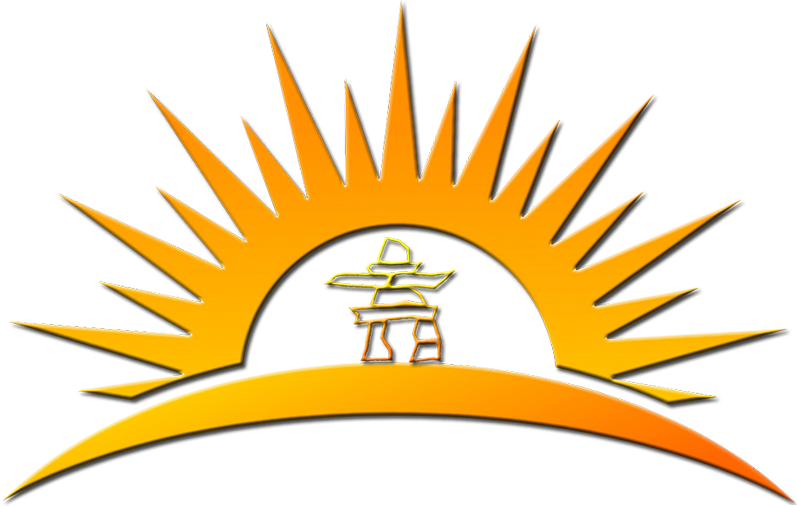




Space Climate 7 Meeting Abstract
Challenges of Solar Cycle Prediction Introduced by ’Rogue’ Active Region Emergences
Melinda Nagy (Eötvös Loránd University, Budapest, Hungary)
Kristóf Petrovay (Eötvös Loránd University) Alexandre Lemerle (Collčge de Bois-de-Boulogne, Montréal) Paul Charbonneau (Université de Montréal)
The building up process of the polar magnetic field is still debated, however, the peak value of that is the most promising solar cycle predictor. According to earlier results, the tilt angles of active regions (AR) emerging close to or across the equator have a crucial role in this question. Besides this, it is pointed out that the flux of an individual AR can be commensurable to the polar cap flux. In the case of strong, cross-equatorial emergences, the contribution to the solar dipole moment is huge. In order to investigate in detail the effect of such peculiar AR emergences on the amplitudes of following cycles, test regions were inserted into sunspot cycles simulated by a coupled 2×2D Babcock-Leighton kinematic solar dynamo model (Lemerle et al., 2015, ApJ 801; Lemerle & Charbonneau, 2017, ApJ 834). Several series of simulation runs were done while we changed the emergence epoch; the latitude of the emergence; the flux and the tilt angle of the AR and the angular separation between the leading and trailing polarities (Nagy et al. 2017, SoPh 292). It was found that ARs emerging close to the equator during the rising phase of a cycle affects the amplitude of the ongoing cycle itself. The peak value of the following cycle is affected the most when the AR appears near cycle maximum. If the flux, tilt angle or the separation was changed, the amplitude of the next cycle changed accordingly. By changing the emergence latitude we found that an AR emerging >20° far from the equator still can have significant effect. Interestingly, the duration of the ongoing cycle is affected as well, despite the constant meridional circulation speed used within the dynamo model used for the analysis.
Mode of presentation: oral (Need to be confirmed by the SOC)
